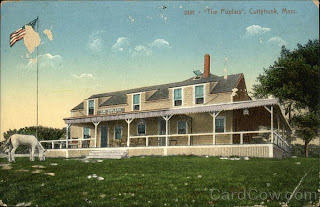I'm telling you, it would really be so much easier on me if I could just say, "Hey, did you know my book Coyote Summer is out now?(which it will be any day, i promise) Why don't you go and buy a copy? And while you're at it, why don't you buy a copy for your local library?
Or your child's school library?"
Or actually, you can just go into the library and request it, and most of the time they will order it for you. Not that you wouldn't want your own copy as well.
That would be so easy. Then everyone would go out and buy a copy, and they would be like, "Wow, what a great book! I think I will recommend this to all my friends and neighbors!"
And that would be that.
But I'm told it doesn't happen that way. Which is annoying, to say the least. Because I would much rather be writing new books than trying to get you read the ones I have already written. Frankly, I'm kind of tired of those books already. I mean, I'm not one for re-reading a book anyway, here I am forced to read my own writing over and over again. It's a good thing I like the way I write. It's an even better thing that I find me funny and amusing. Often when no one else does.
 |
| i really are funny |
So anyway, I've been proofing and making up teacher worksheets for the book so teachers can use it for reading or science assignments in class if they want. Even though it's fiction, the facts are real.
And I've been writing people asking them to write one or two line blurbs for the cover of the book. People I don't even know, which I hate.
So with all this going on, can you blame me for ignoring my blog?
Of course you can. Mea Culpa. Have a recipe. It's on the house.
BLACK PEPPER PARMESAN DRESSING
Mayonnaise 1 gallon
Sour cream
½ gallon
White vinegar
½ cup
Garlic, chopped
2T
Cracked black pepper 4T
Worcestershire sauce ½ cup
FRESH grated parmesan 8 cups
Mix all ingredients. This is a base recipe. Thin for service
with milk. Approximately 1 cup milk to a quart.
(Yeah, I know, it's got that gallon thing going on again. but this one is an easy conversion. Just divide by 4 and use quarts. Or send me a note to show you really care and I will do the conversion for you to your personal requirements. Now there's an offer you don't get every day.)







































